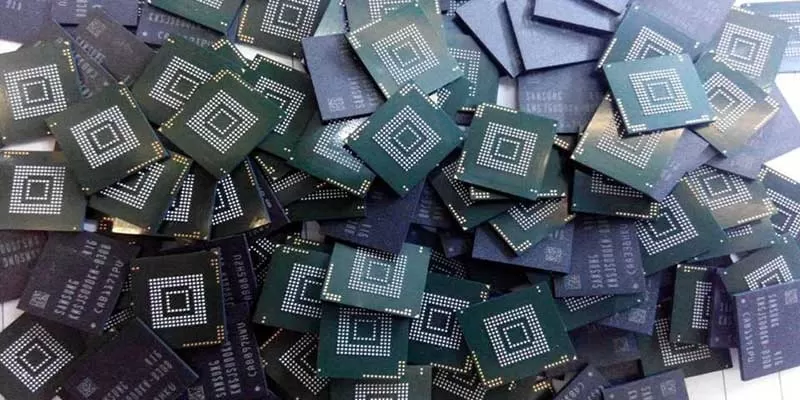
Compare DDR2 and DDR3 | Important differences
At one time, DDR RAM became a real breakthrough not only in a professional environment — users appreciated not only a fashionable, but also an incredibly productive device. And the appearance of the second and third generations made it possible to talk about super speeds. So, what exactly is DDR2 and DDR3, how do you tell them apart, and which version is better? Our experts figured out the answer.
Features of DDR RAM

All the predecessors of the DDR that became the reference, used until 1995, at one time seemed to be those «tough guys». But when the DIMM or the so-called SDRam appeared, a new era gradually began to gain ground in the world of computer technology — the era of high-speed devices. SDRam lasted until 2001 and was built into almost all sold by Intel and Celeron.
This type of RAM was replaced by DDRs that created a real stir. Unlike the previous generation RAMs, their work was accelerated not by doubling the clock frequency, but by transferring data twice in one cycle.
But our topic today is not the first Double Data Rate, but the second and third generations of this RAM. Speaking of DDR2, one cannot fail to note the presence of a much faster bus in it, as well as the ability to transfer data on both slices, and simultaneously from four places. In addition, compared to the first generation RAM, DDR2 has less “appetite”, consuming little power, and at the same time cools very quickly.
Main features of DDR2:
-
The maximum data transfer frequency is 800 MHz (in rare cases, there are models overclocked to 1066 MHz). By the way, the higher this indicator, the faster the information will be processed, therefore, there will be more productivity;
-
Timing (allows you to determine the delay time of the RAM) — for a model with a maximum clock frequency (533 MHz), this figure is 4-4-4-12.
-
Power consumption (1 bar) — about 1.8 V;
-
The maximum possible amount of memory is 16 GB (serial motherboards), less often — 32 GB (mainly server boards).
At one time, the second-generation RAM was considered the most effective of the existing options. But technology does not stand still: it was replaced by DDR3, the developers of which did their best, reducing power consumption by an incredible 15%. In the computer component market, you can find a modified version of DDR3 marked «L», indicating an even lower level of power consumption.
Main features of DDR3:
-
The maximum data transfer frequency is 2400 MHz (there are already models on the market overclocked to 3000 MHz);
-
Timing — for a model with a maximum clock frequency (1200 MHz), this figure is 10-10-10-30.
-
Power consumption (1 bar) — 1.5 V, in DDR3L varieties — 1.35 V;
-
The maximum possible amount of memory is not limited (the starting mark is 64 GB). Is it true that such figures are in demand? But that’s another question.
Again, a modest «appetite» is not the most important thing in DDR3: of course, it’s all about efficiency. However, the third generation is no longer the market leader. It was replaced by a new model of RAM type Double Data Rate — DDR4. But today is not about her.
Comparison of DDR2 and DDR3

The main differences between these two types of RAM are as follows:
-
Clock frequency — DDR3 RAM boasts a higher rate of 1200 MHz, which is 2 times higher than the second generation RAM (533 MHz). -
Bandwidth — for third-generation RAM (DDR3), it is much higher than for the second (DDR2), while the level of energy consumed is very low (it increases slightly when overclocking the processor). -
Physical configuration — a clear external difference between the types of RAMs under consideration (different slots) also affected compatibility — it is simply absent. Due to the latter feature of the two devices, we do not recommend installing DDR2 and DDR3 on the same motherboard.
ON A NOTE. Today, manufacturers offer users to purchase so-called hybrids, the peculiarity of which, as you might guess from the name, is the combination of two types of RAM on one device. Such products have connectors immediately for 2 types of RAM. But it must be taken into account that they can only be used separately.
Which option to choose for yourself? It all depends on the characteristics of the computer device, the requirements for the speed of RAM, as well as the tasks that will be performed. For most users, DDR2 is a great solution, which is fully justified. For those who have increased requests for such details, it is better to pay attention to DDR3.
Добавить комментарий
Для отправки комментария вам необходимо авторизоваться.